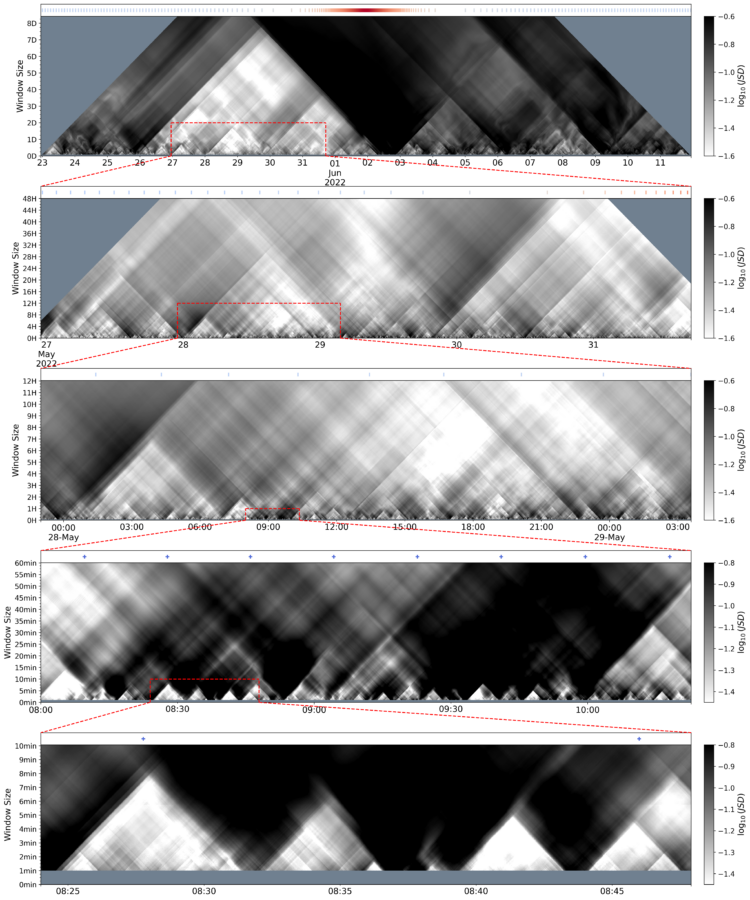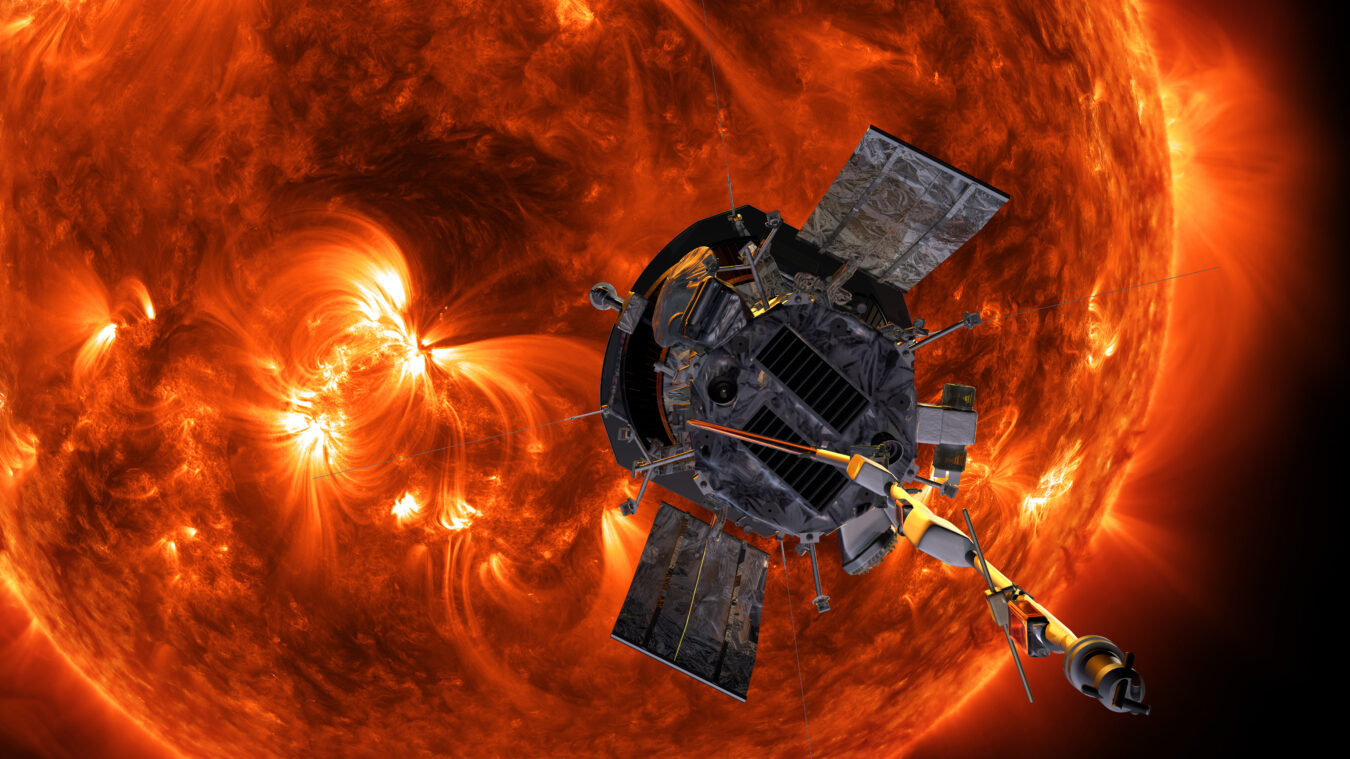Recently, the aurora borealis reached further south than usual, and many people were treated to the breathtaking northern lights for the first time. Auroras are caused by fast solar wind that results from the sun’s magnetic field. To learn more about the magnetic structures in the solar wind, Professor Marco Velli and his lab in the Earth, Planetary, and Space Sciences Department at UCLA created a new method to analyze data from NASA’s Parker Solar Probe (for which Velli is the Observational Scientist). Through this new analysis, they found an unexpected pattern in the distribution of the strength of the solar wind’s magnetic field, which can help differentiate different types of solar wind.
The sun constantly spews solar wind that travels towards the earth at more than nine hundred thousand miles per hour, which impacts technology important to modern life such as communication and GPS satellites. With a better understanding of these magnetic field structures, future scientists could use this information to understand the origin of the solar wind and its fine structures.
Prior to this work, scientists knew the solar wind’s magnetic field was highly chaotic and turbulent. However, the strengths (magnitudes) of these magnetic fields were thought to be highly constant, so scientists didn’t expect to find a pattern within them. When Dr. Zesen Huang, a postdoctoral researcher in the Velli lab, analyzed the new data from the Parker Solar Probe, he was surprised to find that “the helio-radially normalized magnetic field magnitude in the solar wind occasionally follows a perfect Gaussian distribution.” This means that rather than randomly arranged magnetic field magnitudes, there is a peak in the center that gradually slopes down to either side. This allows him to exploit this property to unravel the structures in the solar wind.
Furthermore, these Gaussian distributions themselves form a fractal pattern over time when visualized with a newly developed method called “Gaussianity Scalogram”. Fractals are geometric shapes that keep repeating as you zoom in or out, like how snowflakes have more intricate patterns as you zoom in with a camera lens or microscope. “No one really expected all of these patterns,” says Huang. With this knowledge of how the magnitude of the solar wind’s magnetic field behaves over many timescales, scientists can deepen their understanding of the solar wind that causes auroras. “[This method] provides a means of differentiating the origin of individual solar wind streams directly from in-situ data, without relying on the difficult and indirect procedures to map streams back to the Sun,” says Professor Velli.

The graphs show the fractal pattern in Gaussian distributions of magnetic field magnitude in the solar wind over time. Each panel is a zoomed-in version of the one above it, showing that the pattern continues as you look at a smaller and smaller window of time (weeks, days, hours, minutes, seconds). Image courtesy of Dr. Zesen Huang
Tags: Research, space, space Institute
 Artist’s rendition of the Parker Solar Probe in front of the sun. Image credit: NASA
Artist’s rendition of the Parker Solar Probe in front of the sun. Image credit: NASA